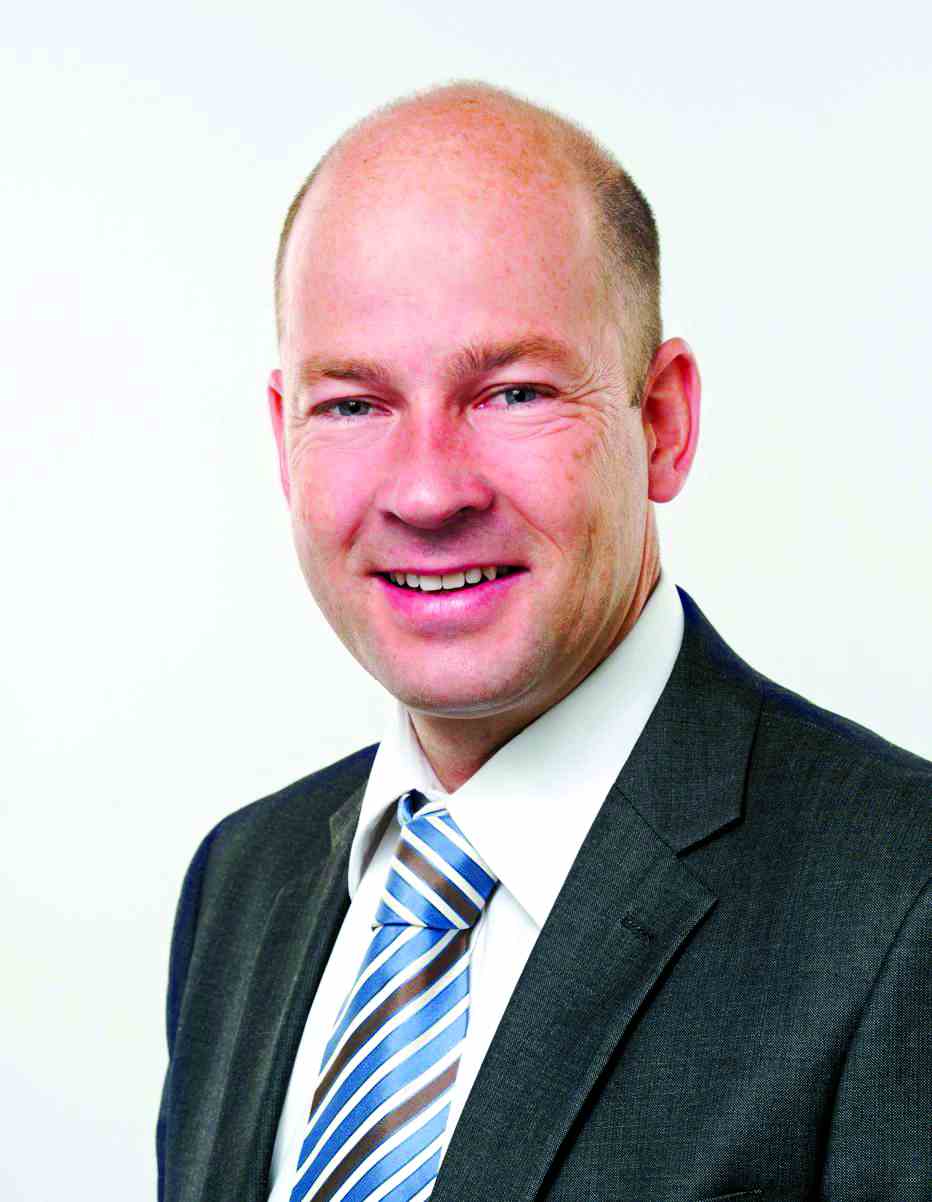User login
Most vascular surgeons have a preferred method for managing femoropopliteal lesions, but drug-coated balloons are emerging as a option for lower extremity lesions.
The Wednesday morning session, “More on Lower Extremity Occlusive Disease: New Developments in Drug Coated Balloons (DCBs); Dealing with Complex Lesions and Trials,” will feature opposing views on how to manage the most severe disease morphology.
In this important session, world renown experts also will discuss the current status and immediate future of drug-coated balloons (DCB) for use on the lower extremity.
“The treatment with DCB is a story of great success. In general, the patency rate is increased and this is with no side effects due to the coating,” said Dr. Gunnar Tepe of Rosenheim Hospital in Rosenheim, Germany. “In the near future treatment with uncoated balloons will be mainly replaced by DCBs.” Dr. Tepe will present a paper on the current status and future prospects of DCBs.
Understanding important technical aspects remains essential to successful outcomes with DCBs, according to Dr. Tepe. “We have to know that treatment with DCBs is not a stand-alone therapy which can be successful in all lesions,” said Dr. Tepe. “If DCBs fail to obtain long-term patency, it is either due to recoil or drug uptake. For recoil, the combination of DCBs and stents is perfect, but for better drug uptake vessel, preparation is needed.”
Dr. Tepe and others will offer a detailed analysis of the potential shortcomings of DCBs, such as in long lesions, and in calcified arteries, and how to overcome them.
“The future of DCBs for use in patients with the potential threat of amputation is under development internationally,” said Dr. Schneider. “Practitioners will leave the session fully updated on the latest data and analysis of the value of DCBs in daily practice, since the most current results from randomized trials, and large registry datasets from the United States and around the world will be presented side by side.”
The presentations include the 3-year results from the international, randomized, controlled IN.PACT SFA Trial that compared the IN.PACT DCB against standard angioplasty. On hand to analyze and discuss the results will be co-principal investigators Dr. Schneider, Dr. Tepe, as well as panelist Dr. John R. Laird of the Vascular Center at the University of California, Davis. Co-moderator and study investigator Dr. Dierk Scheinert, MD, of the Leipzig University Hospital in Germany, will also join the discussion.
“I believe the data will show that DCBs have significantly changed how we practice and that by using them when possible, we can substantially improve what we can offer to patients in terms of long-term durability of the reconstructions we perform for their blocked and damaged arteries,” Dr. Tepe said.
The session will also cover second- and third-generation DCBs that are currently under development.
“As has been the tradition for many years, the VEITH planning committee has been able to bring together the world experts with the most important experience in these topics to educate, debate, inform the broader community,” said Dr. Schneider.
Session 26:
More on Lower Extremity Occlusive Disease: New Developments in Drug Coated Balloons (DCBs); Dealing with Complex Lesions and Trials
Wednesday 10:13 p.m. –12:00 p.m.
Grand Ballroom East, 3rd Floor
Most vascular surgeons have a preferred method for managing femoropopliteal lesions, but drug-coated balloons are emerging as a option for lower extremity lesions.
The Wednesday morning session, “More on Lower Extremity Occlusive Disease: New Developments in Drug Coated Balloons (DCBs); Dealing with Complex Lesions and Trials,” will feature opposing views on how to manage the most severe disease morphology.
In this important session, world renown experts also will discuss the current status and immediate future of drug-coated balloons (DCB) for use on the lower extremity.
“The treatment with DCB is a story of great success. In general, the patency rate is increased and this is with no side effects due to the coating,” said Dr. Gunnar Tepe of Rosenheim Hospital in Rosenheim, Germany. “In the near future treatment with uncoated balloons will be mainly replaced by DCBs.” Dr. Tepe will present a paper on the current status and future prospects of DCBs.
Understanding important technical aspects remains essential to successful outcomes with DCBs, according to Dr. Tepe. “We have to know that treatment with DCBs is not a stand-alone therapy which can be successful in all lesions,” said Dr. Tepe. “If DCBs fail to obtain long-term patency, it is either due to recoil or drug uptake. For recoil, the combination of DCBs and stents is perfect, but for better drug uptake vessel, preparation is needed.”
Dr. Tepe and others will offer a detailed analysis of the potential shortcomings of DCBs, such as in long lesions, and in calcified arteries, and how to overcome them.
“The future of DCBs for use in patients with the potential threat of amputation is under development internationally,” said Dr. Schneider. “Practitioners will leave the session fully updated on the latest data and analysis of the value of DCBs in daily practice, since the most current results from randomized trials, and large registry datasets from the United States and around the world will be presented side by side.”
The presentations include the 3-year results from the international, randomized, controlled IN.PACT SFA Trial that compared the IN.PACT DCB against standard angioplasty. On hand to analyze and discuss the results will be co-principal investigators Dr. Schneider, Dr. Tepe, as well as panelist Dr. John R. Laird of the Vascular Center at the University of California, Davis. Co-moderator and study investigator Dr. Dierk Scheinert, MD, of the Leipzig University Hospital in Germany, will also join the discussion.
“I believe the data will show that DCBs have significantly changed how we practice and that by using them when possible, we can substantially improve what we can offer to patients in terms of long-term durability of the reconstructions we perform for their blocked and damaged arteries,” Dr. Tepe said.
The session will also cover second- and third-generation DCBs that are currently under development.
“As has been the tradition for many years, the VEITH planning committee has been able to bring together the world experts with the most important experience in these topics to educate, debate, inform the broader community,” said Dr. Schneider.
Session 26:
More on Lower Extremity Occlusive Disease: New Developments in Drug Coated Balloons (DCBs); Dealing with Complex Lesions and Trials
Wednesday 10:13 p.m. –12:00 p.m.
Grand Ballroom East, 3rd Floor
Most vascular surgeons have a preferred method for managing femoropopliteal lesions, but drug-coated balloons are emerging as a option for lower extremity lesions.
The Wednesday morning session, “More on Lower Extremity Occlusive Disease: New Developments in Drug Coated Balloons (DCBs); Dealing with Complex Lesions and Trials,” will feature opposing views on how to manage the most severe disease morphology.
In this important session, world renown experts also will discuss the current status and immediate future of drug-coated balloons (DCB) for use on the lower extremity.
“The treatment with DCB is a story of great success. In general, the patency rate is increased and this is with no side effects due to the coating,” said Dr. Gunnar Tepe of Rosenheim Hospital in Rosenheim, Germany. “In the near future treatment with uncoated balloons will be mainly replaced by DCBs.” Dr. Tepe will present a paper on the current status and future prospects of DCBs.
Understanding important technical aspects remains essential to successful outcomes with DCBs, according to Dr. Tepe. “We have to know that treatment with DCBs is not a stand-alone therapy which can be successful in all lesions,” said Dr. Tepe. “If DCBs fail to obtain long-term patency, it is either due to recoil or drug uptake. For recoil, the combination of DCBs and stents is perfect, but for better drug uptake vessel, preparation is needed.”
Dr. Tepe and others will offer a detailed analysis of the potential shortcomings of DCBs, such as in long lesions, and in calcified arteries, and how to overcome them.
“The future of DCBs for use in patients with the potential threat of amputation is under development internationally,” said Dr. Schneider. “Practitioners will leave the session fully updated on the latest data and analysis of the value of DCBs in daily practice, since the most current results from randomized trials, and large registry datasets from the United States and around the world will be presented side by side.”
The presentations include the 3-year results from the international, randomized, controlled IN.PACT SFA Trial that compared the IN.PACT DCB against standard angioplasty. On hand to analyze and discuss the results will be co-principal investigators Dr. Schneider, Dr. Tepe, as well as panelist Dr. John R. Laird of the Vascular Center at the University of California, Davis. Co-moderator and study investigator Dr. Dierk Scheinert, MD, of the Leipzig University Hospital in Germany, will also join the discussion.
“I believe the data will show that DCBs have significantly changed how we practice and that by using them when possible, we can substantially improve what we can offer to patients in terms of long-term durability of the reconstructions we perform for their blocked and damaged arteries,” Dr. Tepe said.
The session will also cover second- and third-generation DCBs that are currently under development.
“As has been the tradition for many years, the VEITH planning committee has been able to bring together the world experts with the most important experience in these topics to educate, debate, inform the broader community,” said Dr. Schneider.
Session 26:
More on Lower Extremity Occlusive Disease: New Developments in Drug Coated Balloons (DCBs); Dealing with Complex Lesions and Trials
Wednesday 10:13 p.m. –12:00 p.m.
Grand Ballroom East, 3rd Floor

